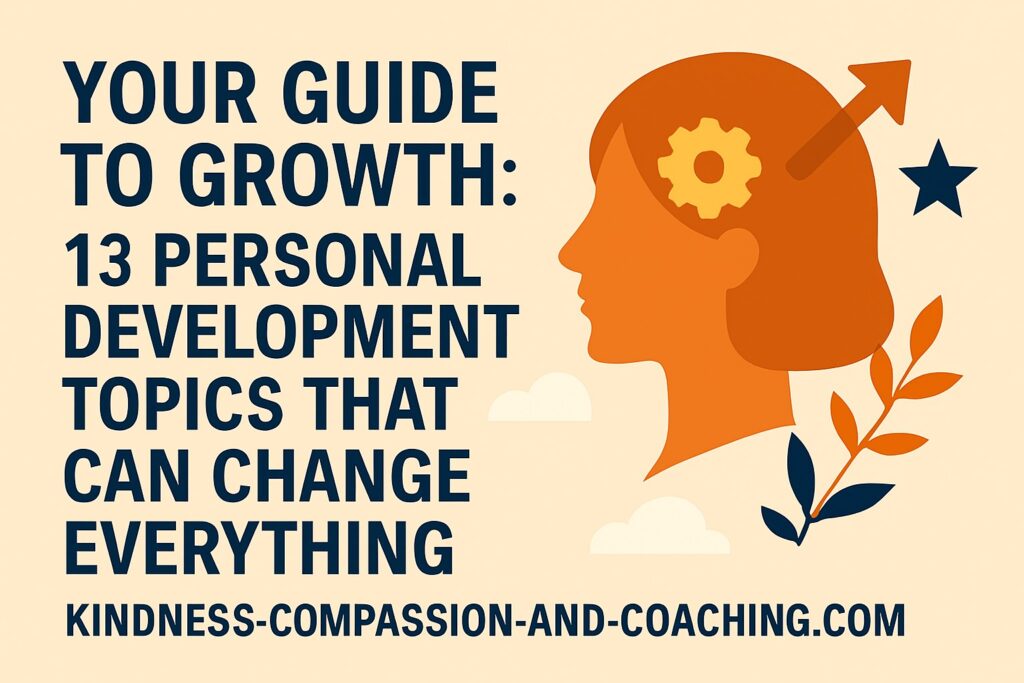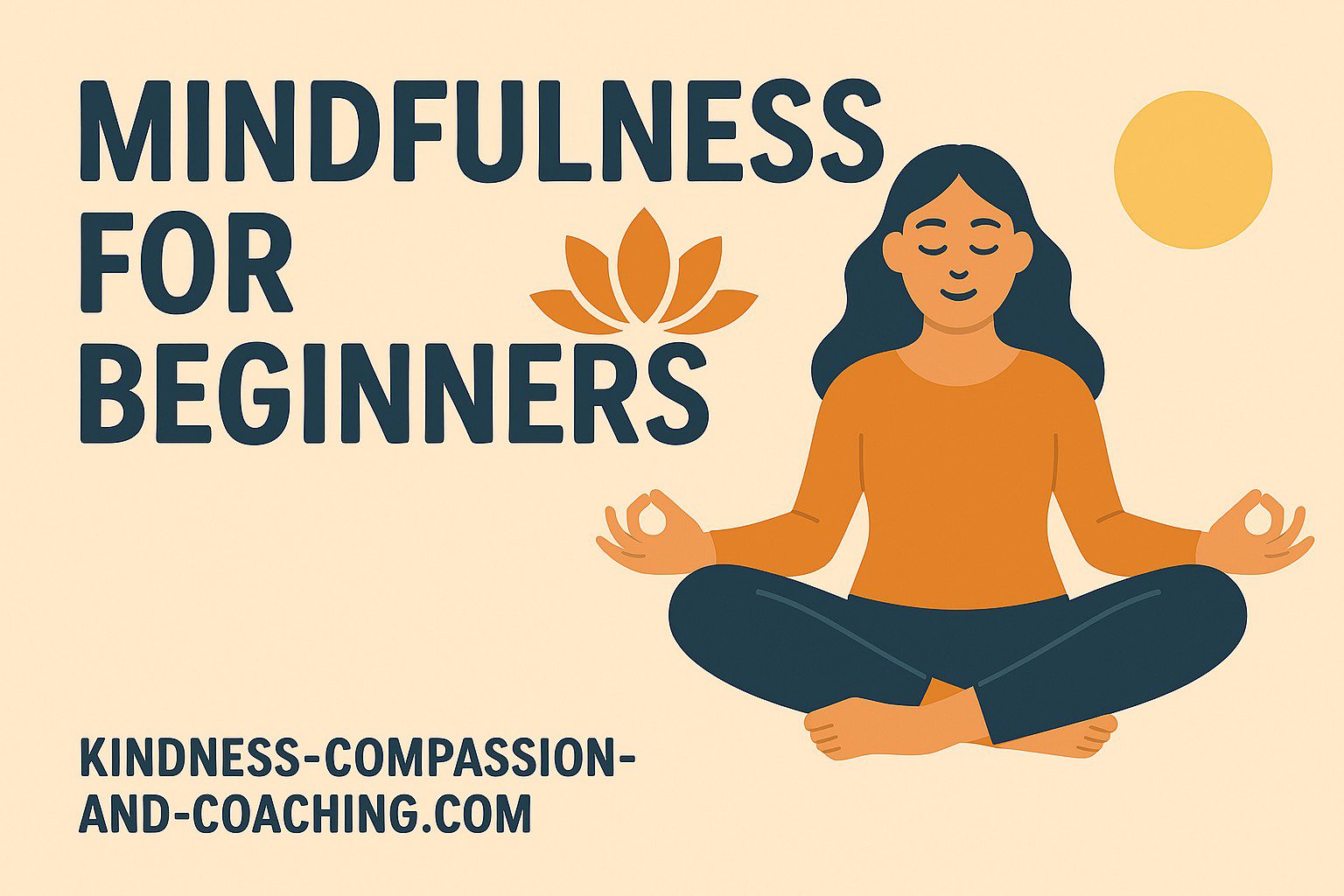Imagine trading the rush of daily life for a deliberate, unhurried stroll where each footfall becomes a gentle anchor to the present moment. Walking meditation turns every step into an invitation to align breath, pace, and awareness, guiding you away from mental clutter and toward calm clarity.
As you tread soft grass or follow a sun-dappled trail, the simple act of moving with intention can dissolve tension and reveal the subtle joys hidden in ordinary terrain. Embark on this mindful path to rediscover your body’s innate wisdom, one step at a time.
What is Walking Meditation?
Walking meditation, or silent walking, is a powerful practice that combines the benefits of physical movement with the mindfulness of meditation.
By engaging your body and mind in a rhythmic walk while maintaining silence, you can discover a deep sense of calm and clarity.
Unlike regular walking, which is often goal-oriented, silent walking focuses on the experience of walking itself.
It allows us to fully engage with our surroundings, connect with nature, and cultivate a deeper understanding of ourselves.
In our constantly buzzing and bustling world, finding moments of peace and stillness can be a challenge.
Silent walking, or walking meditation, is one powerful practice that can help us reconnect with ourselves and nature.
By intentionally immersing ourselves in the present moment and embracing the world around us, we can tap into a profound sense of calm, clarity, and inner peace.
Understanding Walking Meditation
Walking meditation involves consciously and intentionally walking with awareness.

It originated in Buddhist traditions as an alternative to seated meditation, allowing practitioners to cultivate mindfulness while in motion.
Rather than focusing solely on the breath or a specific object, walking meditation encourages a more dynamic connection between the body, mind, and surroundings.
No music or podcast. No companion to distract us. Even the dog must stay home.
Silent walking (the two words say it all) is about layering mindfulness into our usual stroll – and shunning the need for a distraction of any kind to help us pass the time.
How to Practice Walking Meditation
It may take more effort than you might think to establish a walking meditation practice, but it can be done – the key is finding a place to walk where you will not be interrupted and to take to heart the need to avoid distractions. If it’s difficult to find a quiet place where you live, that’s okay – just tune into the sounds around you, whatever they are.
If you prefer to walk in true silence, noise cancelling headphones can help.
10 Steps to Establish a Walking Meditation Practice
Choose a Suitable Location: Find a quiet and peaceful place where you can walk without distractions. It could be a park, a garden, or simply a quiet neighborhood street.
Set Your Intention: Take a few moments to set your intention for the walk. It may be to cultivate presence, find peace, or gain clarity.
Stand Still and Center Yourself: Set your feet firmly on the ground. Close your eyes. Take a few deep, conscious breaths to bring yourself into the present moment.
Start Walking Slowly: Walk slowly. Pay attention to the sensations in your feet. Notice the subtle shifts in weight as your heel touches the ground and then rolls towards your toes.
Maintain Awareness of Your Body: Stay connected with your body. Be aware of the movement of your arms, the swaying of your hips.
Maintain Silence: Embrace the silence. Allow the absence of words to deepen your connection with yourself and your surroundings.
Observe Your Surroundings: Be aware of the environment around you. Notice colors, shapes, and textures. Listen to the sounds.
Breathe Mindfully: Incorporate conscious breathing. Synchronize each step with your breath. Breathe in as you lift your foot and breathe out as you place it back on the ground.
Stay in the Present Moment: Be fully present with each step. Encourage yourself to fully experience the here and now.
Observe without Judgment: Observe thoughts and emotions without judgment. Acknowledge their presence and let them pass by. Gently return your focus to the moment.
Determine the duration of your walking meditation sessions based on your preference and schedule.
It can be as short as five or ten minutes or as long as an hour.
Start with a comfortable duration and gradually increase it over time.
Benefits
There are many benefits from establishing a walking meditation practice.
- Enhances Mindfulness: Walking meditation promotes mindfulness. With each step, we become more attuned to the present moment, letting go of distractions and worries. In this state, we may find it easier to break free from the burdens of the past and worries about the future, fully appreciating the beauty of the present moment.
- Self-Reflection and Insight: The stillness of silent walking creates a space for self-reflection and introspection. As we detach from distractions, we often gain valuable insights, clarity, and a deeper understanding of ourselves. Silent walking can be a powerful tool for personal growth and self-discovery. The rhythmic movement of walking also allows our mind to relax, leading to increased focus, creativity, and problem-solving abilities.
- Boosts Physical Well-being: Walking meditation can help improve cardiovascular fitness, strengthen muscles, increase flexibility, boost mood and increase overall well-being. Combining exercise with mindfulness creates a holistic experience that nourishes both body and mind.
- Reduces Stress and Anxiety: By combining silent walking and deep breathing, walking meditation activates the relaxation response. This helps lower stress, reduce anxiety, and promote a sense of calmness and tranquility. As we release the need to rush or achieve, we create space for relaxation and mental clarity.
- Deepens Connection with Nature: As we walk, we can immerse ourselves in the sights, sounds, and textures of our surroundings. Appreciating the wonders of nature can bring feelings of gratitude and interconnectedness. Beauty, sounds, and sensations, such the rustling of leaves, the chirping of birds, the gentle caress of a breeze can all nurture our souls, too.
Walking Meditation: Time to Gear Up!
If you’re ready to step into walking meditation, check out these highly recommended walking shoes:
Supportive Walking Shoes: Skechers Women’s Go Walk Joy offers lightweight cushioning and a flexible sole for smooth, mindful strides.
- The Skechers Women’s GO Walk Joy Sneaker is our top pick for mindful movement because it feels like walking on clouds.
- Equipped with responsive 5Gen cushioning and an Air-Cooled Goga Mat insole, each step delivers balanced support and energized bounce – perfect for long walking meditations or errands around town.
- The breathable flat-knit upper wraps your foot in a sock-like fit, while the flexible, machine-washable construction means you can rinse off sweat and dirt with ease.
- We recommend these sneakers for beginners because at just over 6 ounces per shoe, they’re incredibly lightweight yet durable, keeping you grounded and comfortable on every mindful stroll.
Discover the Joy of Walking and Mindfulness Combined
In a world filled with noise and distractions, silent walking offers a precious opportunity to find inner calm, engage with the present moment, and connect with both ourselves and the natural world around us.
By incorporating this mindful practice into our lives, we can cultivate a sense of peace, clarity, and well-being.
By walking with intention and awareness, we can cultivate inner peace, clarity, and a deeper connection with ourselves and the world around us.
So, take a break from the busyness of life, put on your walking shoes, and embark on a journey of self-discovery through walking meditation.
Learn to be comfortable with and embrace the power of silence.
Allow your steps to guide you towards a more intentional and fulfilling journey.
If you’re looking for more variety, we’ve got you covered. You’ll find a roundup of selected mindfulness practices, including recommendations for how to get started in each in Mindfulness for Beginners: The Best Mindfulness Tools and Resources.
Thank you as always for reading.
If you haven’t yet subscribed, please visit KindCompassCoach and enter your email address so you never miss a post.
Affiliate Disclosure: Some links in this post are affiliate links. As an Amazon Associate, we earn from qualifying purchases at no extra cost to you.

Joan Senio is the founder of Kindness-Compassion-and-Coaching.com. Joan’s career includes clinical healthcare plus 20+ years as an executive in a nationwide health care system and 15 years as a consultant. The common threads throughout Joan’s personal and professional life are a commitment to non-profit organizations, mental health, compassionate coaching, professional development and servant leadership. She is a certified Neuroscience Coach, member of the International Organization of Life Coaches, serves as a thought-leader for KuelLife.com and is also a regular contributor to PsychReg and Sixty and Me. You can read more about Joan here: Joan Senio.
















No Responses